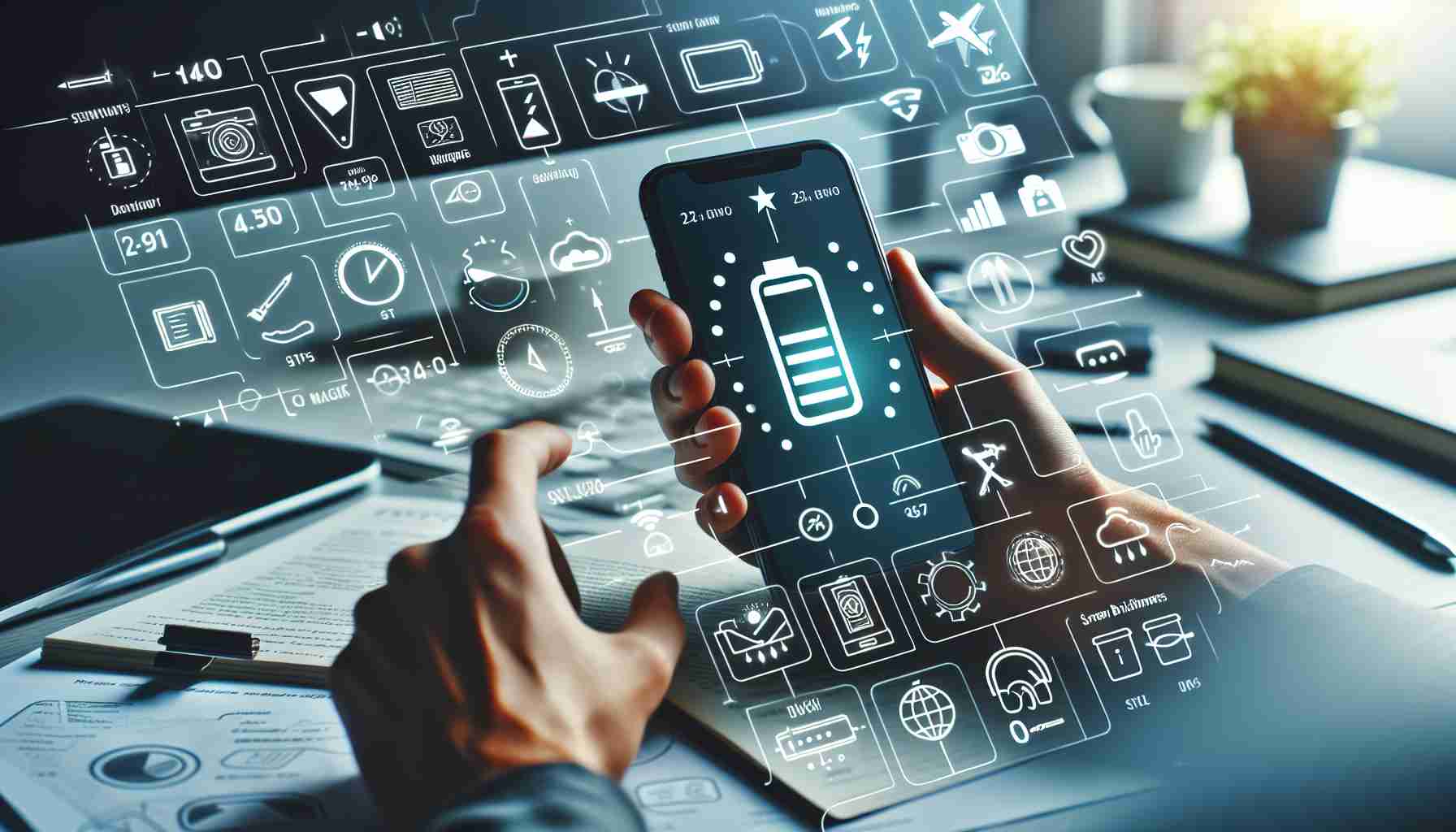Reduce Screen Brightness for Extended Battery Life
The screen is one of the most significant power consumers in a smartphone. Keeping brightness settings low, especially by adjusting them manually rather than relying on auto settings, can dramatically improve your phone’s battery life.
Embrace Dark Mode on OLED Screens
For phones with OLED or AMOLED screens, activating dark mode conserves battery since fewer pixels need to be powered. This results in increased battery lifespan.
Manage Background Apps Wisely
Applications running in the background surreptitiously deplete battery life. Taking the initiative to close unused apps or limit their background functions is an effective battery-saving strategy. Routinely identify which apps drain your battery the most and limit their usage or uninstall them if unnecessary.
Economize Data Connections
Constantly active Wi-Fi and mobile data connections detrimentally impact battery life. Turning them off when not in use aids in saving power. The same goes for Bluetooth and GPS functionalities; turn these features off when they are not needed to extend battery duration.
Stay Updated with Software and Utilize Power-Saving Modes
Manufacturers regularly release software updates to enhance battery performance. Apply these updates promptly. Moreover, use your smartphone’s power saving mode to elongate battery life, particularly when running low.
Adopt Proper Charging Techniques
Using authentic chargers and cables prevents rapid battery depletion and damage. Charging habits, such as not waiting for the battery to completely die and avoiding leaving the phone on the charger all night after it’s full, contribute to prolonged battery lifespan.
By implementing these simple tweaks and habits, you can significantly increase the endurance of your smartphone’s battery. Efficient battery management maintains device performance and reduces interruptions in daily life, catalyzing a more seamless integration of technology in our increasingly digital world.
Understand Battery Technology and Usage Patterns
Battery longevity can be affected by the type of battery technology used in the smartphone. Most modern smartphones utilize lithium-ion (Li-ion) or lithium-polymer (Li-po) batteries. These types of batteries have no memory effect and perform best when charged frequently rather than being allowed to discharge completely.
Regulate Ambient Temperature
Extreme temperatures can have a negative impact on battery life. High temperatures can cause battery degradation, while low temperatures can decrease the battery’s ability to provide power. It’s important to keep your smartphone at a moderate temperature whenever possible.
Avoid Fast Charging Repeatedly
While fast charging is convenient, it may generate more heat and stress the battery, potentially reducing its lifespan if used excessively. Employ fast charging only when necessary and rely on standard charging practices to maintain battery health.
Utilize Battery Health Monitoring
Some smartphones have built-in tools to monitor battery health and suggest when a battery replacement may be needed. By keeping an eye on your phone’s battery health status, you can plan a replacement before experiencing significant performance issues.
Key Questions:
– What battery technology do modern smartphones use?
– How does ambient temperature affect smartphone battery life?
– Is fast charging harmful to battery longevity?
– How can I monitor my smartphone’s battery health?
Key Challenges:
The main challenge in maximising battery life is balancing the convenience of features like brightness, connectivity, and fast charging against their impact on battery health.
Controversies:
There has been debate on whether keeping a phone plugged in overnight damages the battery. However, most modern smartphones are designed to stop charging when full, reducing the potential for harm.
Advantages:
– Longer battery life means less frequent charging, which is convenient and better for the environment.
– Good battery management can extend the overall lifespan of the smartphone, delaying the need for replacement due to poor battery performance.
Disadvantages:
– Some energy-saving measures may reduce functionality, such as disabling certain features or reducing screen brightness, potentially detracting from the user experience.
– Staying proactive about battery management requires effort and can be easily overlooked in day-to-day use.
For further information, visit reputable sources:
– Battery University: Battery University
– Lithium-ion Battery Information: U.S. Department of Energy
Please note that web addresses can change or get updated over time. Before using the provided links, ensure that the URLs are still valid.
